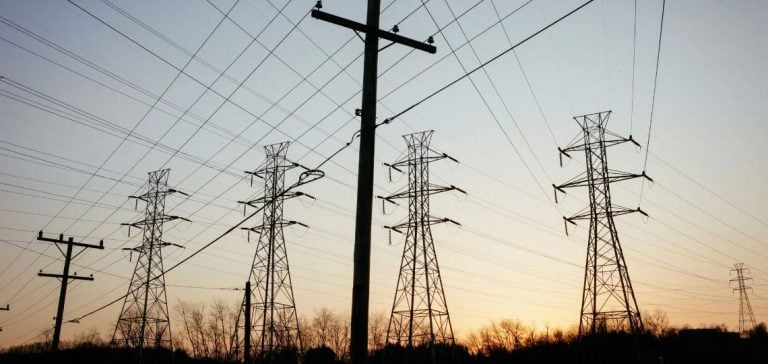Electricity demand in the United States, after decades of stability, is set to experience a significant increase. According to a recent report by Wood Mackenzie titled “Gridlock: the demand dilemma facing the US power industry,” some regions could see a 15% rise in electricity consumption by 2029. This unexpected surge presents a major challenge for electricity companies, already grappling with important infrastructure and regulatory constraints.
Growth drivers
The primary factors behind this increase include the proliferation of data centers, the growth of the artificial intelligence industry, and the resurgence of industrial production, particularly in the battery, semiconductor, and solar energy sectors. Wood Mackenzie has identified 51 gigawatts (GW) of new data center capacities announced since January 2023. Simultaneously, the manufacturing sector, with its new high-energy consumption facilities, is expected to add approximately 15,000 megawatts (MW) to demand in the coming years.
Electrification of the economy
The broader electrification of the economy, driven by the transition to electric vehicles and the adoption of electrolyzers for hydrogen production, also fuels this trend. These new technologies are expected to add about 7,000 MW to demand by 2030.
Capacity and infrastructure issues
However, meeting this growing demand is far from simple. The gradual phasing out of coal plants, the shortage of essential equipment such as transformers and circuit breakers, and the slow pace of interconnection studies and the construction of new transmission infrastructure are major obstacles. Between 2024 and 2030, annual renewable energy capacity additions are expected to rise from 29 GW to around 40 GW per year, but this growth may be insufficient to meet electricity needs and support the transition to cleaner energy.
Rising electricity prices
The combination of increased demand and infrastructure challenges could also drive up electricity prices. While the past few years have seen relative price stability thanks to the introduction of new renewable energy sources, this new era of growth may bring upward pressure on prices, especially in regions without retail choice in electricity markets.





















